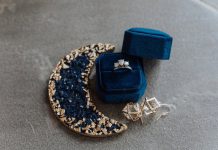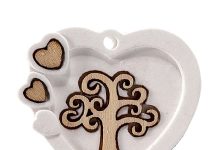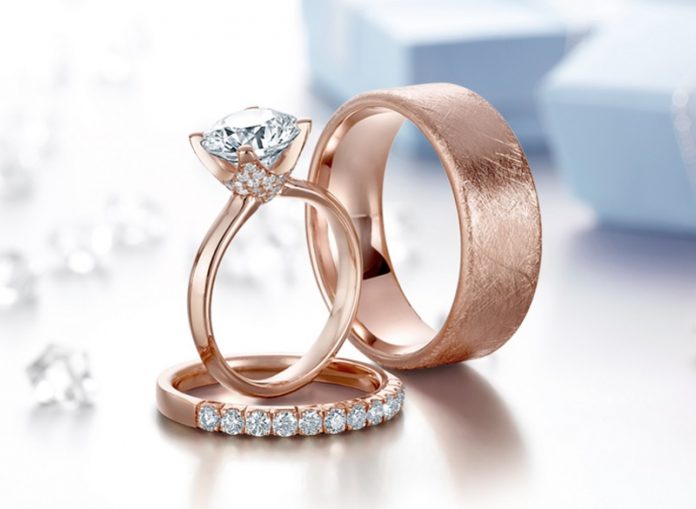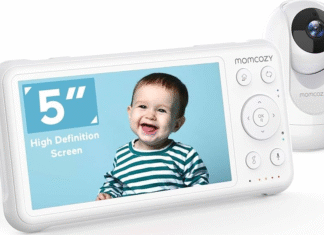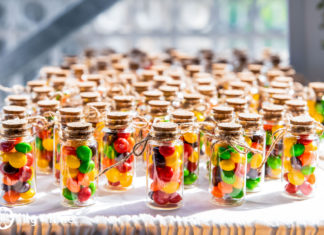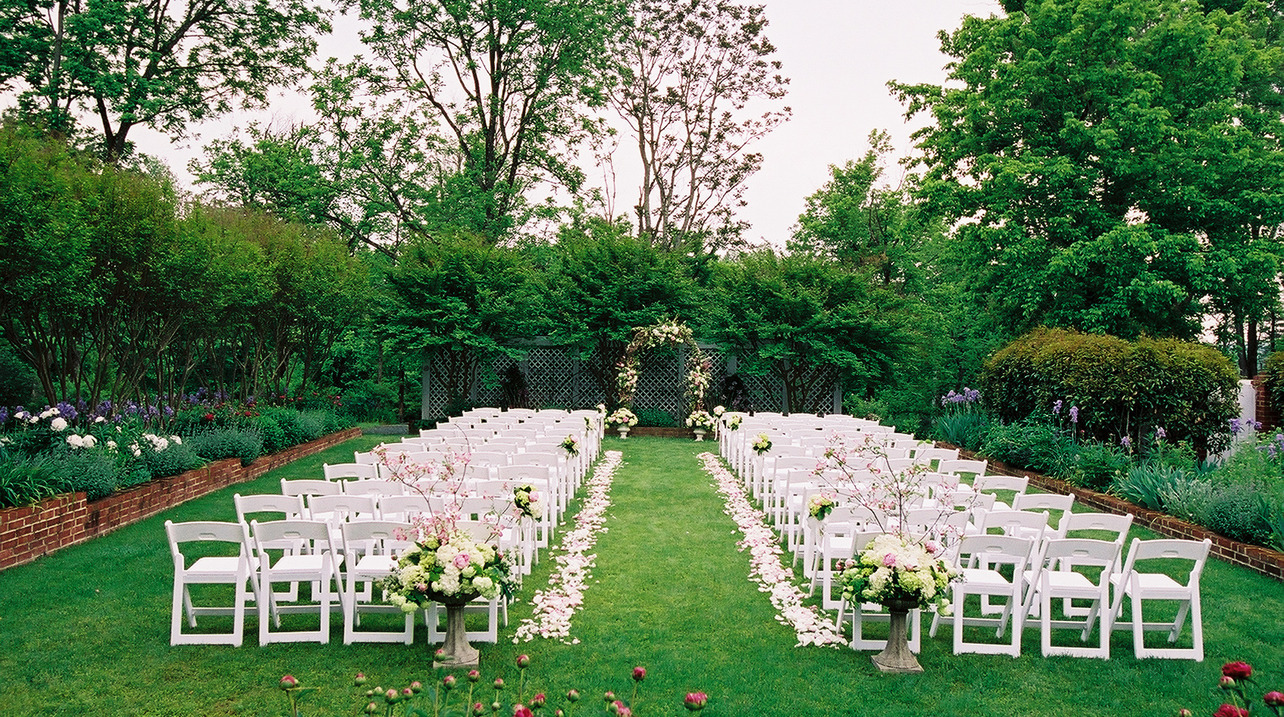An engagement ring indicates that a person wearing it is engaged to be married. It is presented to a partner by a prospective spouse when a proposal is made for marriage or directly after it is accepted. This is a custom relevant to primarily Western countries and represents a formal agreement of marriage between the partners. Generally, it is the prospective bride who wears an engagement ring but in some communities both the parties wear one.
In Anglo-Saxon countries, the ring is worn on the left hand ring finger but this practice varies between communities. The wedding ring replaces the engagement ring after marriage. However, many choose to wear both with the engagement band being worn outside the wedding ring. Some even opt for a more permanent solution and solder together both the engagement and the wedding bands.
Ancient times
The earliest engagement rings can be traced back to ancient Rome. In the second century BC, the Roman bride-to-be was given two rings. One was of iron that she wore in the home while attending to daily chores and one of gold that she wore outside her house. At first, Romans wore only iron rings, and the privilege of wearing gold rings in public was accorded to senators and ambassadors only. Later the right was extended to commoners too, and brides-to-be were also included in this category.
Middle Ages
The mid 7th century laid down that an engagement ring was like a pledge towards an ultimate betrothal though nothing was to be committed in writing. It also saw the custom of wearing the engagement ring as a public admission of marriage in advance to prevent the prevalence of hidden relationships.
Renaissance to the Victorian era
The Renaissance era saw the first use of a diamond engagement ring when Archduke Maximilian of Austria presented his beloved Mary of Burgundy with one in 1477. This was the beginning of the custom by the high and privileged class to gift diamond engagement rings to their brides-to-be. During the Protestant Reformation wedding rings replaced engagement rings as the proof of wedding. However, the prevalence of diamond engagement rings took off in the late 19th century with the opening of the South African diamond mines by the DeBeers. Even though diamond engagement rings became popular amongst all sections of society, for a long time they were considered to be the domain of the rich and the powerful only.
20th century
The popularity of diamond rings declined drastically after the World War I and even further after the Great Depression. Soon after, the diamond cartel of DeBeers started a marketing campaign that would have a lasting impression on the minds of people about the aura behind a diamond engagement ring. The campaign first sought to educate the public about the 4Cs of choosing a stone (cut, clarity, colour and carat). Then in 1947 came their famous slogan “a diamond is forever”. This not only persuaded people to gift diamond rings as a token of love alone but it also made people see diamonds as a form of investment and a hedge against inflation and recession. The effectiveness of the campaign of diamond rings can be felt even today.
An engagement ring like any other piece of jewelry is available in various styles and designs. ADC are one example in this case. Walk into the Australian Diamond Company showroom in Melbourne, and you will be spoilt for choice. You will get the generally preferred settings on platinum and gold, but common metal rings such as silver, steel and titanium are also available.
Whatever the design or pattern and the cost of an engagement ring, it is the love and commitment behind the gift that matter in the long run.


